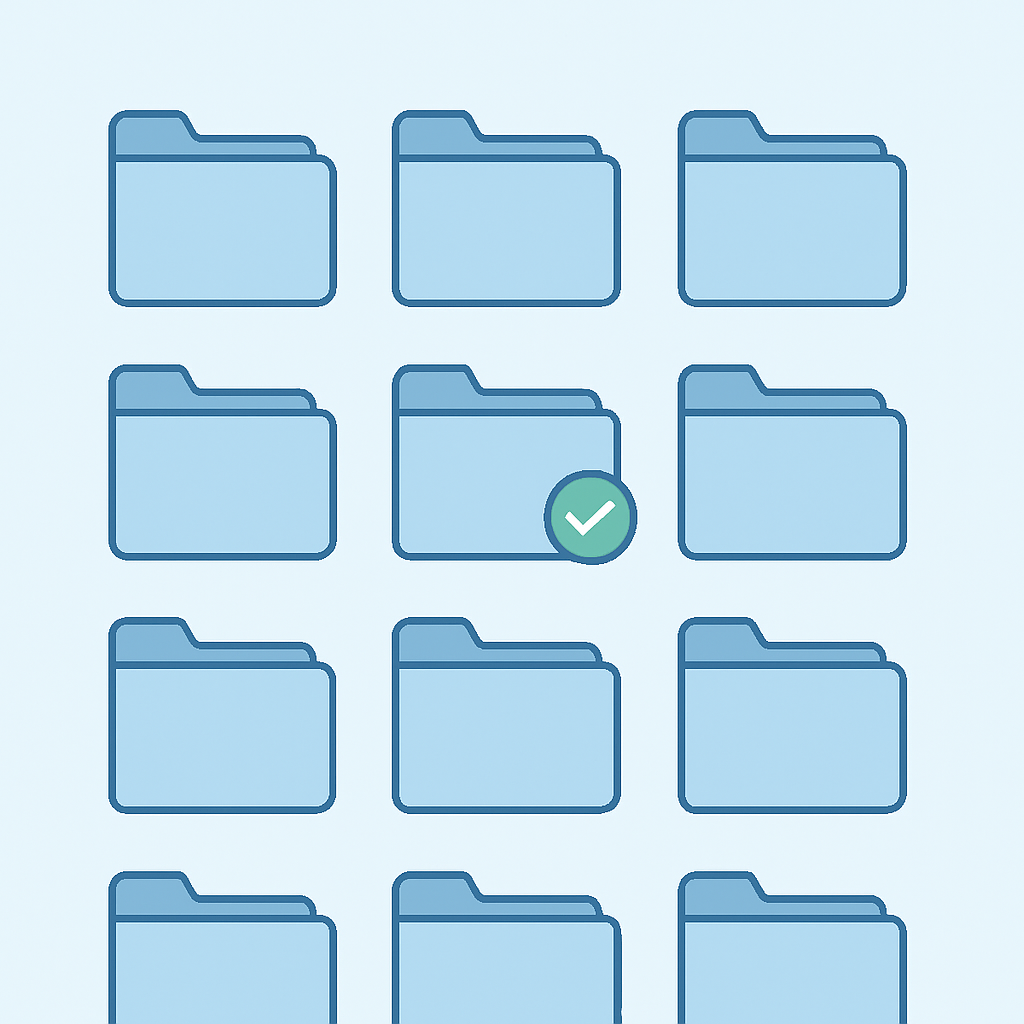
Beyond the Digital Dust Bunnies: A Spring Cleaning for Your Preservation Program
As the days grow longer and the urge to open windows and clear out clutter arrives, many of us undertake spring cleaning in our homes and offices. It’s a time for taking stock, organizing, and preparing for the seasons ahead. This same revitalizing energy can, and should, be applied to our digital preservation programs.
While day-to-day digital preservation work often focuses on ingest, monitoring, and access, the relentless pace can sometimes mean foundational elements get overlooked. Just as clutter accumulates in physical spaces, inconsistencies, outdated information, and even forgotten digital assets can build up in our preservation environments. A dedicated "spring refresh" offers a valuable opportunity to step back, review, and ensure our programs are as robust and reliable as we intend.
Here are a few key areas to focus on for your digital preservation spring cleaning:
1. Airing Out Your Digital Inventory
This is the time to throw open the proverbial windows on your storage and systems. Does your inventory documentation accurately reflect what’s actually being stored?
- Verify Holdings: Conduct spot checks or more systematic audits comparing your inventory lists or registry entries against the actual files in your preservation storage. Are the file counts, formats, and total volumes correct?
- Check Fixity: Ensure your fixity checking processes are running as expected and that recent results are logged and reviewed. Are there any integrity issues that need investigation?
- Location Confirmation: Confirm that assets are stored in their designated locations (e.g., correct servers, cloud buckets, offline media). Has anything been moved without the inventory being updated?
Think of this as ensuring the map (your inventory) accurately reflects the territory (your actual holdings). Discrepancies found now are far easier to resolve than years down the line during a migration or data recovery scenario.
2. Polishing Your Records and Documentation
Accurate and up-to-date documentation is the bedrock of a sustainable program. Use this time to review and refresh key information assets:
- Metadata Review: Examine metadata records for completeness and accuracy. Are required fields populated? Are naming conventions being followed consistently? Is descriptive metadata sufficient for future discovery?
- Policy and Workflow Check-up: Are your digital preservation policies still current? Do your documented workflows accurately reflect your current practices and toolchains? Update contact information, system dependencies, and procedural steps.
- Registry Health: If you use a digital preservation registry or catalog, ensure its information is current – system details, software versions, designated community information, succession plans, etc.
Well-maintained documentation is crucial not only for current operations but also for future staff, potential audits, and demonstrating accountability.
3. Sorting Through the Digital Attic: Appraisal Opportunities
Sometimes, inventory reviews uncover forgotten folders, mystery files, or ambiguously labeled data streams – the digital equivalent of finding dusty boxes in the attic. Don't just push them back into a dark corner of your storage.
- Identify Unknowns: Systematically investigate any content identified during your review that isn't clearly documented or linked to a specific collection or purpose.
- Appraise Found Content: Apply your appraisal criteria and collection development policy. Is this content within scope? Does it hold long-term value? Is it redundant, obsolete, or trivial?
- Act on Decisions: Formally accession valuable content, adding it to the inventory, and applying necessary preservation actions. Securely dispose of content deemed out-of-scope or trivial, documenting the decision.
This appraisal step is vital for responsible stewardship, managing storage costs, and reducing the noise in your preservation environment.
Reaping the Rewards of Renewal
Investing time in this digital preservation spring refresh isn't just about tidiness; it yields tangible benefits:
- Reduced Risk: Identifying and correcting inconsistencies minimizes the risk of data loss or inability to access content in the future.
- Increased Efficiency: Accurate inventories and documentation streamline workflows, reporting, and troubleshooting.
- Informed Decisions: A clear understanding of your holdings supports better strategic planning and resource allocation.
- Enhanced Trustworthiness: Demonstrating proactive maintenance strengthens confidence in your program among stakeholders.
Planting Seeds for Success
While the demands of digital preservation are constant, dedicating focused time to this kind of review, whether in spring or at another regular interval, is a critical investment. It helps clear away the unseen clutter, ensures your foundations are solid, and prepares your program for healthy, sustainable growth. So, open those digital windows, take a deep breath, and give your program the refreshing attention it deserves.